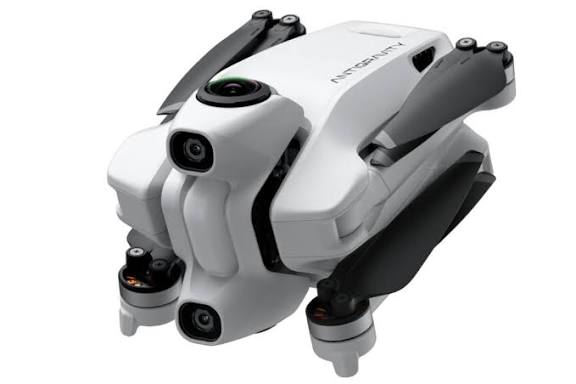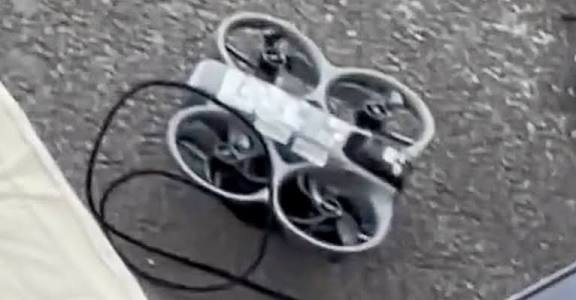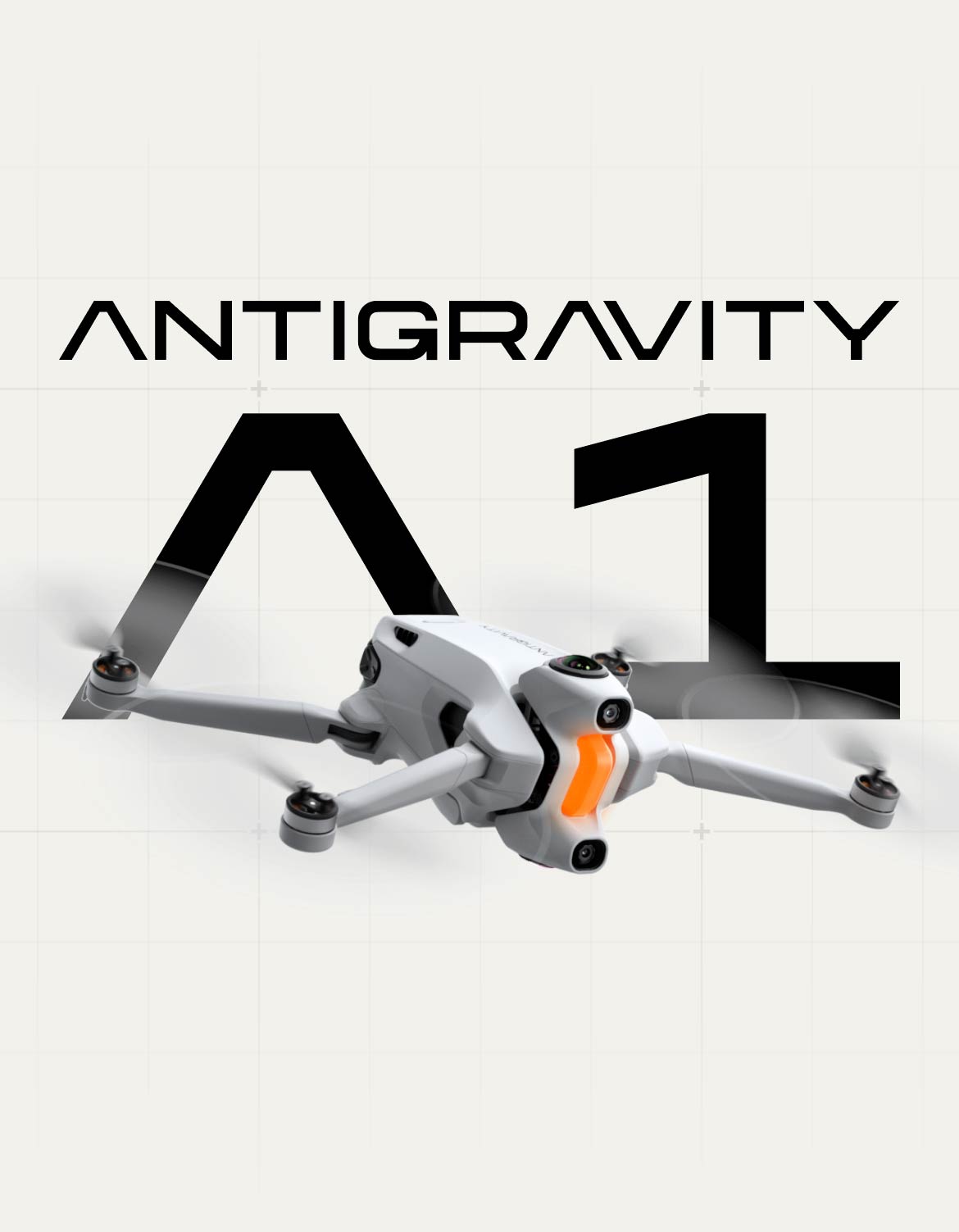Drone Magazin
yaw.news is a place for drone pilots enthusiasts where can share topics and news and editorials and reviews, video and audio tutorials much more.
Featured
Antigravity A1 — The Drone That Sees Everything
The drone world is buzzing — today we look at the freshly-announced Antigravity A1, claimed to be the world's first 8K 360-degree drone, and we'll also explore what it might mean for the next generation of DJI FPV and immersive drones (including rumours around a potential "Avata 3").
What the Antigravity A1 is all about
Launch & positioning
- Antigravity is a new drone brand incubated by Insta360, best known for their 360-degree camera systems.
- The A1 was officially unveiled 14 August 2025.
- The global shipping target is January 2026, though pricing, bundles and regional details are still to be confirmed.
Key features
- An 8K resolution 360-degree capture system: using dual-lens (top & bottom) mounted so the drone can "see" in all directions and allow post-flight reframing in any direction.
- Compact and lightweight — reported weight ~249 g, putting it in the "sub-250g" category in many jurisdictions (which helps with regulatory burdens in some countries).
- Immersive flight interface: comes bundled with Vision Goggles (to see what the drone sees in 360) and a Grip Controller that supports intuitive, gesture-based flying (rather than just sticks).
- "Invisible Drone" stitching effect: The system includes advanced stitching so the drone body is largely hidden / removed from the 360 footage for a more immersive experience.
- Post-production flexibility: Since everything around the drone is captured, you can pick your camera angles after the flight. No more "missed the shot because I wasn't pointing in the right direction".
Why this matters / what's new
- Traditional camera drones force you to aim where you fly — your field of view is constrained. The Antigravity A1 changes that by capturing all directions at once.
- For content creators, travellers, social media, immersive storytelling this could be a game-changer: you can fly, concentrate on the experience, then pick your best angles later.
- The sub-250g weight is also important: in many jurisdictions that category means fewer regulatory hoops, making it accessible to more users.
- Because Antigravity is leveraging Insta360's 360-camera heritage, the A1 is positioned as the "next frontier" of aerial storytelling rather than purely conventional FPV or traditional drones.
Potential caveats / open questions
- While the "8K 360" branding sounds compelling, real-world image-quality, stitching artefacts (especially when close to objects) may still be a challenge. Some reports note that the gap between the dual lenses can introduce issues.
- Flight performance (speed, range, battery life) hasn't been heavily detailed yet in public sources.
- Price and regional availability still unknown; early speculation estimated ~$1,300-1,700 USD but not confirmed.
- For professionals or enterprise uses, other drones may still offer better gimbal-based stabilization, higher sensor quality, zoom, etc. The A1 seems more aimed at immersive consumer/creator market.
How Antigravity A1 might influence DJI's strategy
- DJI may feel competitive pressure in the immersive content/creator market: when a company launches "first 8K 360 drone", it raises questions about the direction of consumer drone capture (beyond just stabilized gimbals and 4K/6K sensors).
- DJI might push upgrades in Avata 3 to include more immersive features: perhaps 360-capture or dual-lens systems, or improved goggles/head-tracking, simply to stay ahead.
- DJI has huge ecosystem advantages (software, accessories, brand, service) — so their response may be to enhance rather than revolutionize. The Antigravity A1 may act as a wake-up call for "what's next" for DJI rather than a direct disruption.
- For drone enthusiasts and creators, more options means richer choices: If Antigravity offers immersive 360 capture and DJI offers refined FPV performance and sensor upgrades, the market segment "creator aerial video" gets diversified.
- DJI has been the dominant player in consumer and prosumer drones for many years. The Antigravity A1 announcement may signal a shift in some of the markets DJI has operated in — particularly immersive content, 360-capture, and creator-driven video. Let's look at the rumours around the rumored DJI Avata 3 and what they suggest.
- What we know / rumours about Avata 3
-
- The Avata 3 is rumoured to launch late 2025 to early 2026.
- Price speculation: around $1,200 to $1,500 USD, depending on configuration.
- Leaked design changes: larger camera sensor, bigger front camera module, battery placement moved further back, and four-blade propellers instead of the three-blade layout of Avata 2.
- Someone on Reddit summed up the timing concern:
"It's been a year that Avata 2 came out. I doubt the Avata 3 is gonna be release anytime soon."
News & Industry
-
ANTIGRAVITY
Stay Informed
When you subscribe to the blog, we will send you an e-mail when there are new updates on the site so you wouldn't miss them.
Sign up for Hubs’s newsletters.
Don't have an account?
Become a member of yaw.news community !




